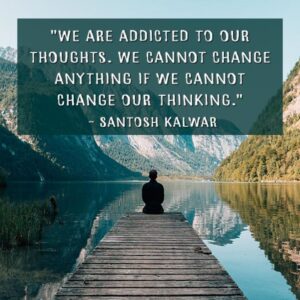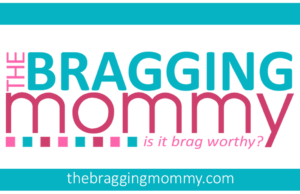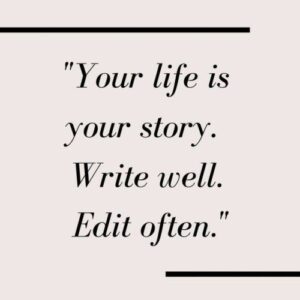Beauty trends have constantly been changing, but we have come a long way with technological advancement. Cleopatra’s milk baths have been replaced with modern serums and bath exfoliators. Throughout history, light has been part of beauty rituals and innovations. Today, science has taken the power of light to the next level with Red Light Therapy (RLT). RLT can be a way to achieve glowing skin and acne-free skin, boost hair growth, and strengthen your strands. It is a non-invasive, pain-free solution that you can easily add to your daily routine.

A modern red light therapy device uses low-level red and near-infrared light to penetrate the skin and boost collagen production. It is also known to reduce inflammation and promote hair growth. The results are much better than those of other therapies because RLT works at a cellular level and not only enhances skin but also accelerates overall healing. It is one of the best alternatives for those who don’t want to undergo invasive procedures.
How Red Light Therapy Works
Red Light Therapy works on the principle of photobiomodulation (PBM). What happens is that the specific wavelengths of red and near-infrared light interact with the mitochondria in our cells. These wavelengths, typically between 600 and 850 nanometers, help stimulate the production of adenosine triphosphate (ATP). As we know, ATP is the primary energy source for the cells; enhanced ATP production leads to improved collagen synthesis, tissue repair, and overall rejuvenation.
It also activates fibroblasts, which are responsible for producing collagen and elastin. All the skin sagging and wrinkles we see are caused by less collagen production, so a boost in collagen will directly reflect on your skin. A study published in the Journal of Photomedicine and Laser Surgery found that participants undergoing RLT experienced a 29% increase in collagen density after 12 weeks of treatment.
RLT also helps with acne. Acne is primarily caused by excess sebum production and bacterial overgrowth, which leads to inflamed skin. Red light at 630 nm penetrates the sebaceous glands, reducing oil production and killing acne-causing bacteria (Propionibacterium acnes).
However, its benefits are not limited to skin; it also promotes hair growth. Hair loss is often linked to reduced blood circulation and follicular miniaturization. Red light in the 650–850 nm range stimulates dermal papilla cells, increasing hair follicle growth.
How to Incorporate RLT into Your Routine
Adding Red Light Therapy (RLT) to your daily routine is easier than you think. You can start by choosing the right device for your needs. Based on the areas you want to work on, you can choose face masks or handheld sticks for skincare and full-body panels for overall wellness if you are targeting hair, a scalp device for hair growth.
For better results, clean your skin using a soft cleanser and apply antioxidant-rich serums like Vitamin C. Be consistent and use RLT for about 10–20 minutes per session, three to five times a week. Along with RLT, ensure you are well hydrated, maintain a healthy lifestyle, and stay happy. Your skin glows naturally when you are physically and mentally healthy.
Potential Side Effects & Precautions
Red Light Therapy (RLT) is generally safe, but like any other beauty or wellness treatment, it comes with its own precautions. Most users do not face any side effects, and studies have shown that less than 5% of users experience mild side effects like temporary redness or slight warmth, but it all subsides in a few hours.
People who are on certain medications, like antibiotics or retinoids, should consult a doctor before starting, as it can increase their skin sensitivity by up to 30%. Overusing RLT for over 10–20 minutes per session can cause skin irritation.
Following proper guidelines and using FDA-approved or clinically tested devices, you can safely enjoy RLT without any risk.
Final Thoughts
RLT works at a cellular level, gives long-lasting results, and is backed by science. If you have been looking for noninvasive but efficient skin and hair treatments, you can try red light therapy. The best part? It isn’t just about surface-level fixes but real cellular transformation. As beauty trends come and go, RLT is here to stay and is expected to bring a massive shift in how we approach skincare and hair health.




